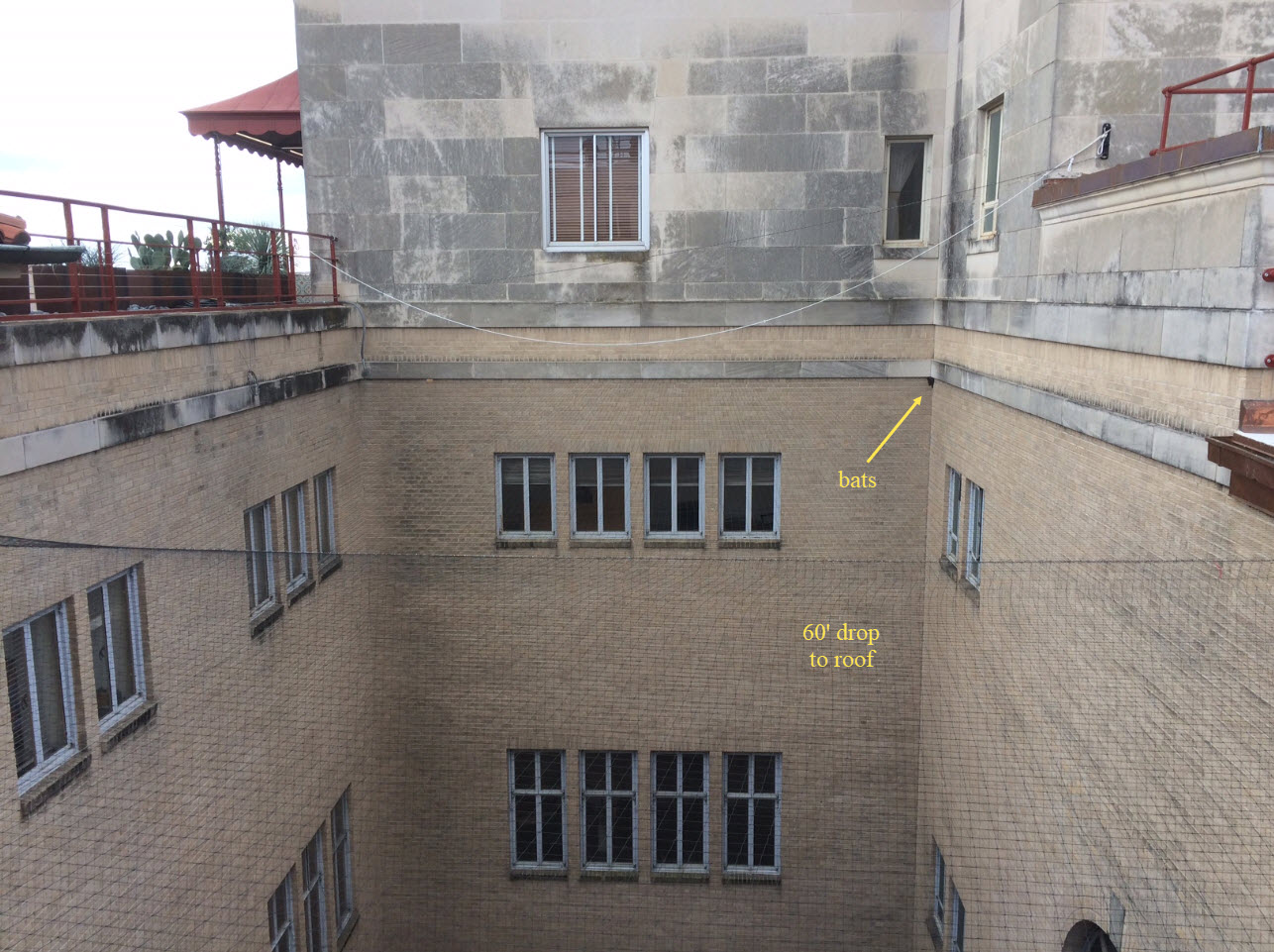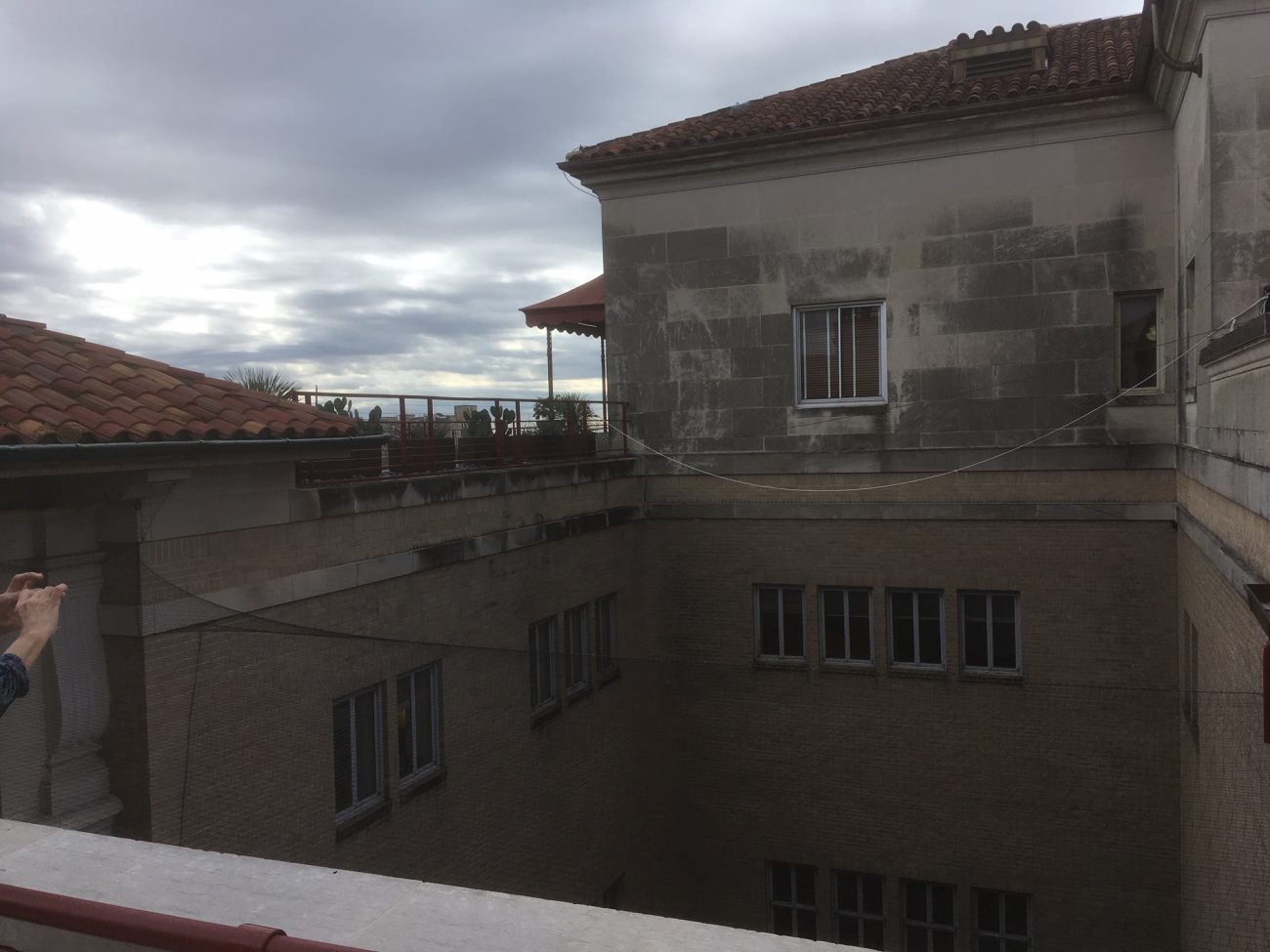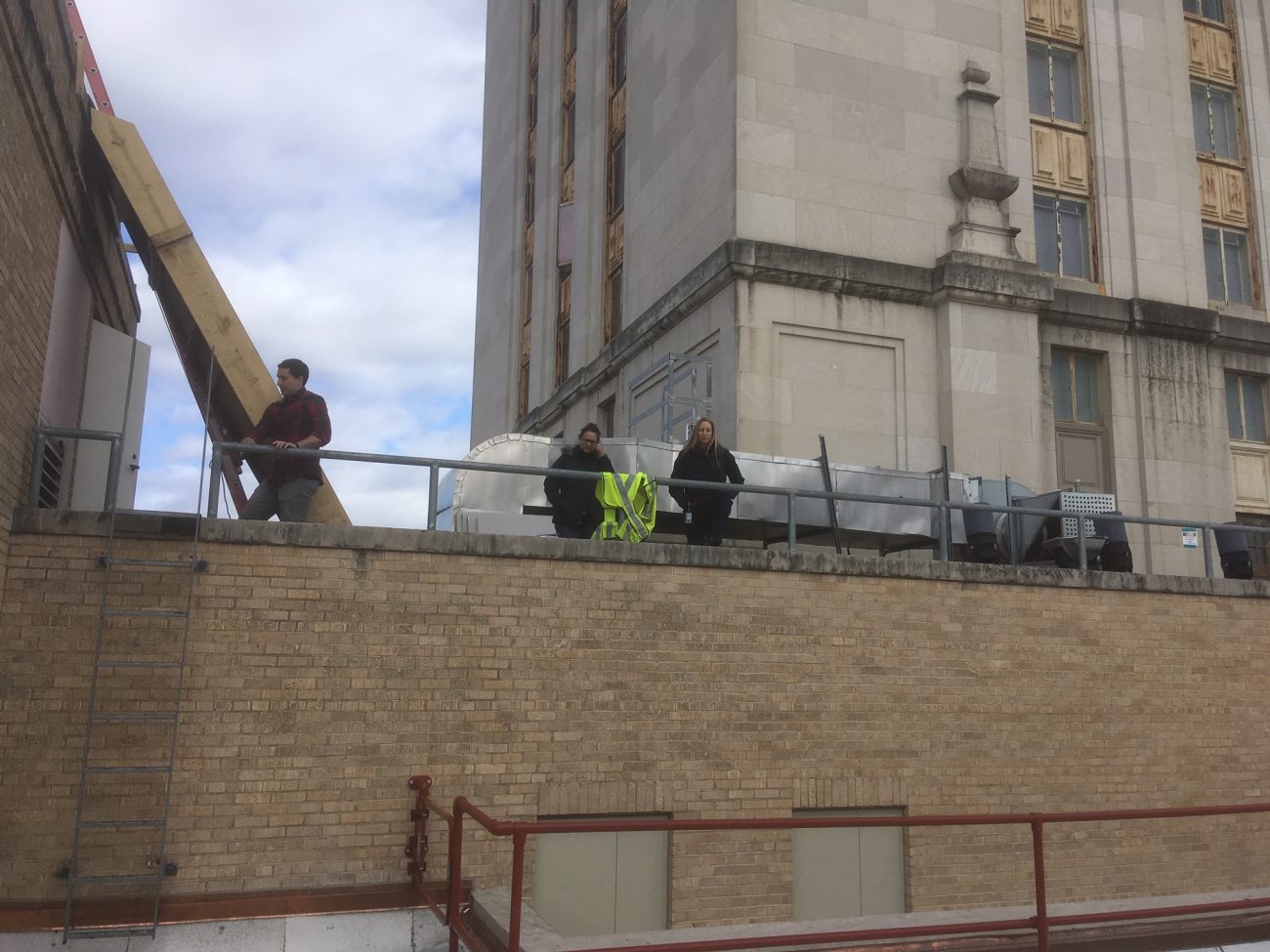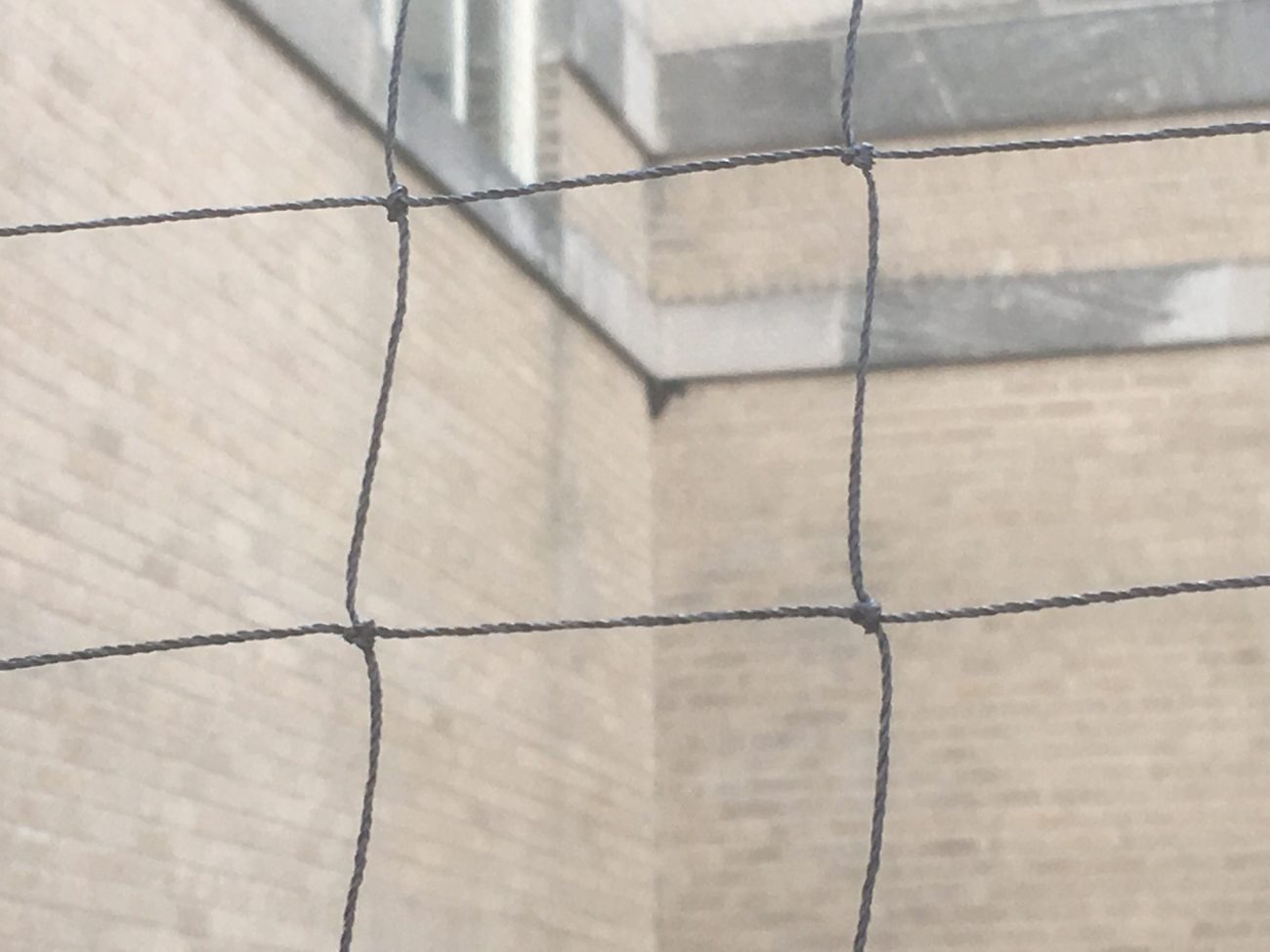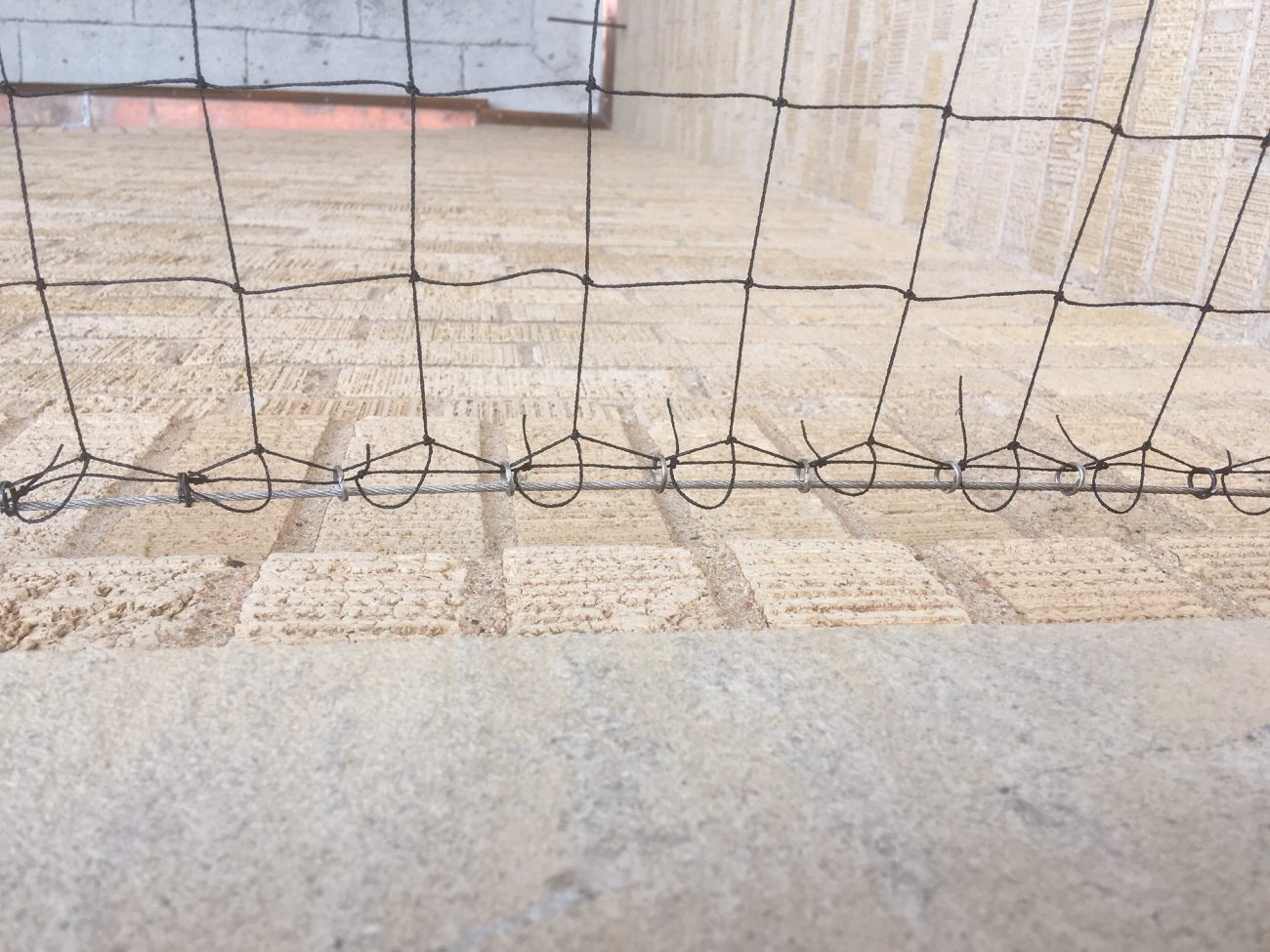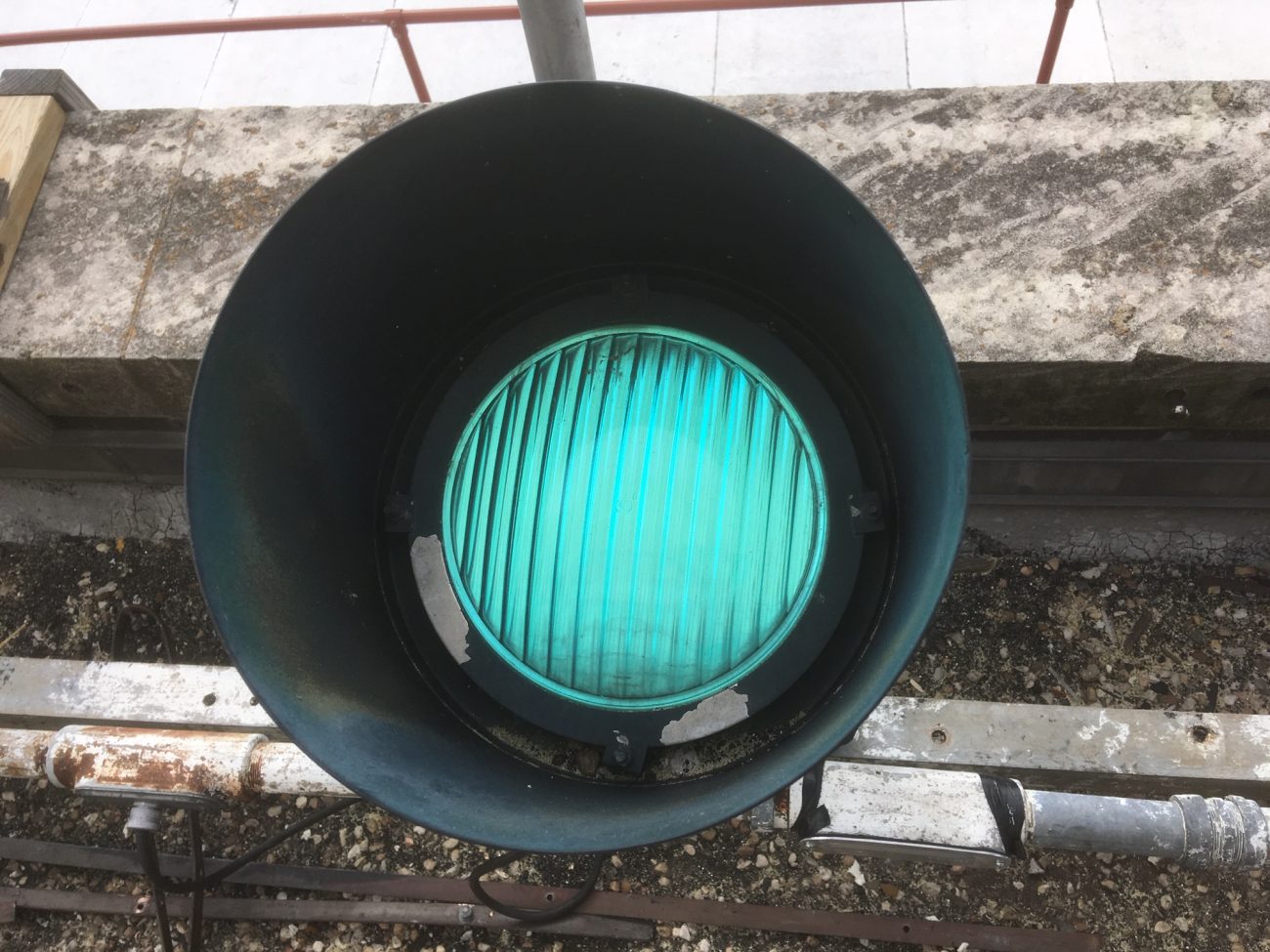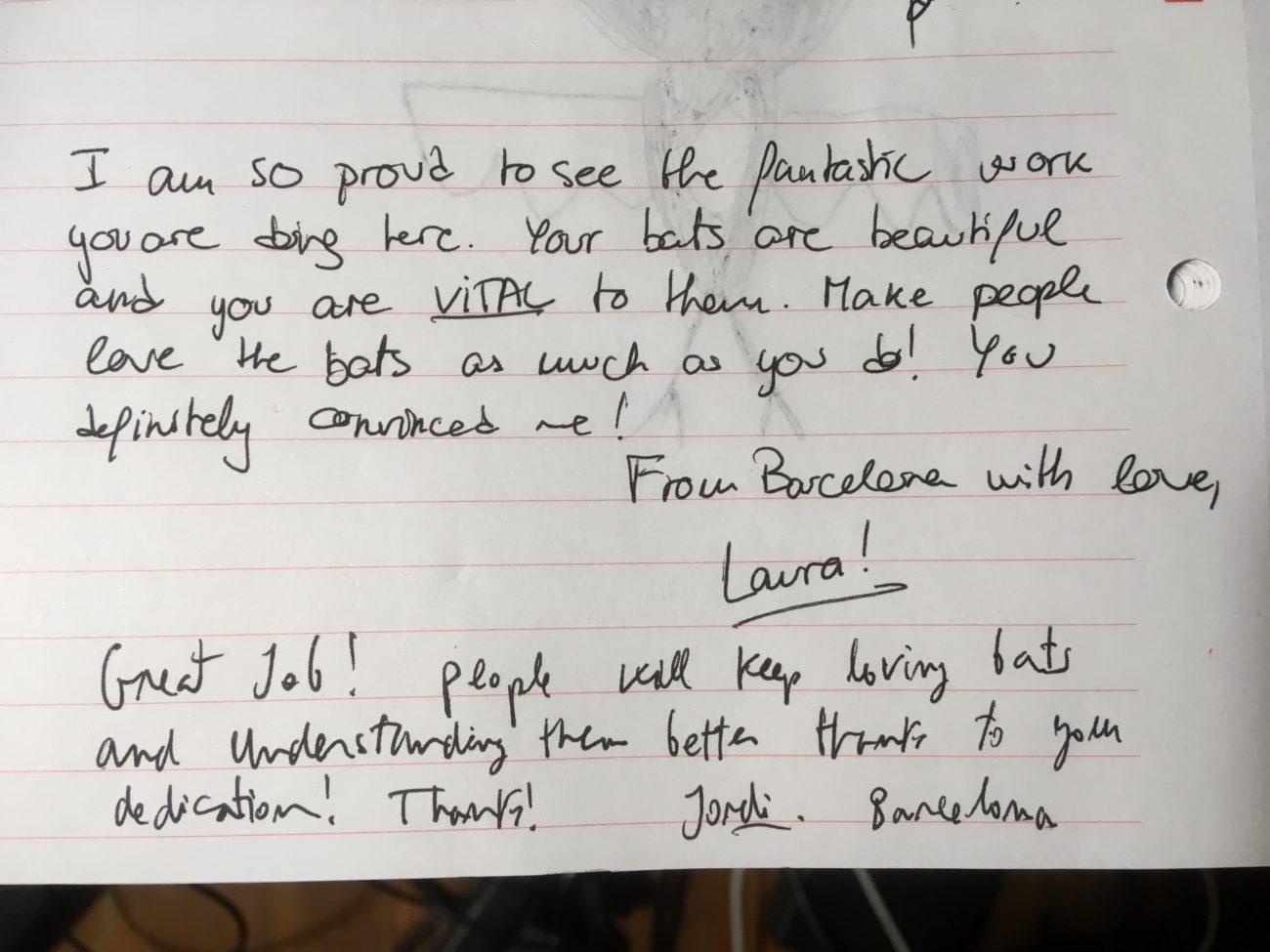UT Tower Call
When the call came in to rescue bats in the University of Texas tower, we were super pumped up!
Carin Peterson, head of UT Animal Make-Safe, had notified us there may be many hundreds of bats trapped behind newly installed pigeon netting on the roof. So we geared up for rescue, readying a dozen habitats to house cold bats in torpor, with the hopes that we could relocate them to safer locations.
We met Carin, along with Anthony and Kurt with the construction company doing the renovations, and headed up the heavily-secured elevators toward the top of the tower. Curt called for a construction break as we traversed the rooftop (omg BATS and bat people!) and climbed down ladders to other roof surfaces. We were disappointed to find that the bats were not in the top of the tower (that apparently is reserved for the resident Peregrine falcon featured in the UT Tower FalconCam) but were around the roof decks below, where two courtyards topped out near the president’s veranda. We did get to see the lights that light the tower orange after big wins, they are strangely green when off. They white lights that light the tower attract lots of insects and are likely why the bats are there in the first place.
The casement windows of offices which faced the courtyards radiate heat which flows up five or six stories and provides a warm area, sheltered from cold winds, for bats to overwinter. The netting was installed a few months ago to prevent pigeons from residing in the courtyard (where office workers had been feeding them) and the bats showed up just three weeks before out visit. It seems the bats recognized that this netted area was not only warm, but now, additionally, provided safety from predatory birds. The 2″ x 2″netting is the type used for baseball batting (bats!) cages, rated for 300 lbs and taughtly strung across the tops of the courtyards and down between adjoining vertical openings to the roof deck. The netting itself is quite expensive (a small section alone was $5,000) and the scaffolding required to install and or modify it likely cost about as much as the netting.
The concern is that bats may have become trapped under the netting with no way to get out. Close inspection seemed to indicate the bats could crawl up the wall surfaces under the stainless steel guy wires that hold the edges of the netting, thus coming and going at will to their new home. The installation was quite good, but there are a number of areas where bats can get through the sides. If bats are entering through the top of the 2×2 mesh, the gaps at the side may be the only way the can get out to feed. Even though bats can easily fly up to hang from the top of netting, we don’t feel that they could crawl or pull their way up throught the 2×2 mesh. A normal bat exclusion allows bats to drop down exclusion tubes to leave a roost, but prevents them from flying back up and in. Any potential exclusion here would be upside down, requiring bats to exit vertically up and prevent them from dropping back down in. Interesting!
Our visit found small clusters of bats in areas out of our reach, so no big bat rescues on this day! Curt said that the bats seem to come and go,as he notices them in varying numbers and locations from day to day. Since we have observed bridge bats surviving up to three weeks of 20F temperatures before surging out again once evening temperatures moderate, we asked Curt to inspect the roof deck below daily to make sure there is no “fallout”, our term for when cold-stunned bats just can’t take it anymore and drop from the bridges. In our experience, they are generally ok when this happens, they simply need to be warmed up, rehydrated, fed, and then can be released.
So inspections in the coming days, should tell us if the bats are ok in this location or if we somehow need to remove them and replace the expensive netting. We feel that smaller mesh netting should have been deployed and efforts made to seal the edges to prevent bat entry. But coexisting with bats may require livng with the newly installed netting, harvesting guano as if collects on roof decks below, and reinstalling the window screens on the casement windows facing the courtyards. If those screens have been lost, then new ones could be ordered and installed using magnetic strips that hold them tight to the metal window frames, preventing any bats from getting in trouble accidentally entering any of the offices.
We remain ready to help in any way possible to promote bat/human co-existence. And who knows, maybe the UT president can wine and dine big donors by hosting bat emergence events on his rooftop veranda! Could be a win, win, win situation; bats, humans, and UT sports!
